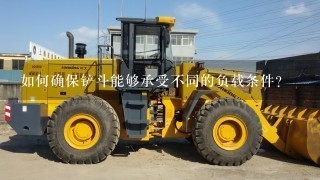如何确保铲斗能够承受不同的负载条件?

Answer:
1. Material Selection:
- Choose materials that can withstand the expected loads and environmental conditions.
- Stainless steel, aluminum, and galvanized steel are commonly used materials for dog bowls.
- Consider using reinforced plastics or composites for added strength and durability.
2. Structural Design:
- Design the bowl with a strong and stable base.
- Use a combination of materials, such as metal and plastic, to distribute weight evenly.
- Ensure that the bowl has a secure handle or carrying loop for easy lifting.
3. Weight Distribution:
- Distribute the weight of the dog bowl evenly to prevent tipping or breakage.
- Use a lightweight but sturdy base and a balanced distribution of weight within the bowl.
4. Durability and Resistance:
- Use high-quality manufacturing processes and materials.
- Consider adding a protective coating or sealant to protect against scratches, rust, or corrosion.
5. Safety Features:
- Include safety features such as non-slip handles, secure closures, or removable parts for cleaning.
- Ensure that the bowl is large enough to accommodate the head and neck of the dog.
6. Environmental Resistance:
- Choose materials that are resistant to moisture, heat, and UV damage.
- Consider using waterproof or water-resistant coatings.
7. Testing and Certification:
- Test the bowl under simulated conditions to ensure it can withstand the intended load.
- Obtain certifications from independent testing agencies to verify compliance with safety standards.
8. Maintenance:
- Clean the bowl regularly with a mild soap and water solution.
- Avoid using abrasive cleaners or chemicals.
- Inspect the bowl for any signs of damage or wear and tear.
9. User Instructions:
- Provide clear instructions for proper use, cleaning, and maintenance.
- Include a warning about the bowl's weight and not allowing pets to stand or sit on it.



























































